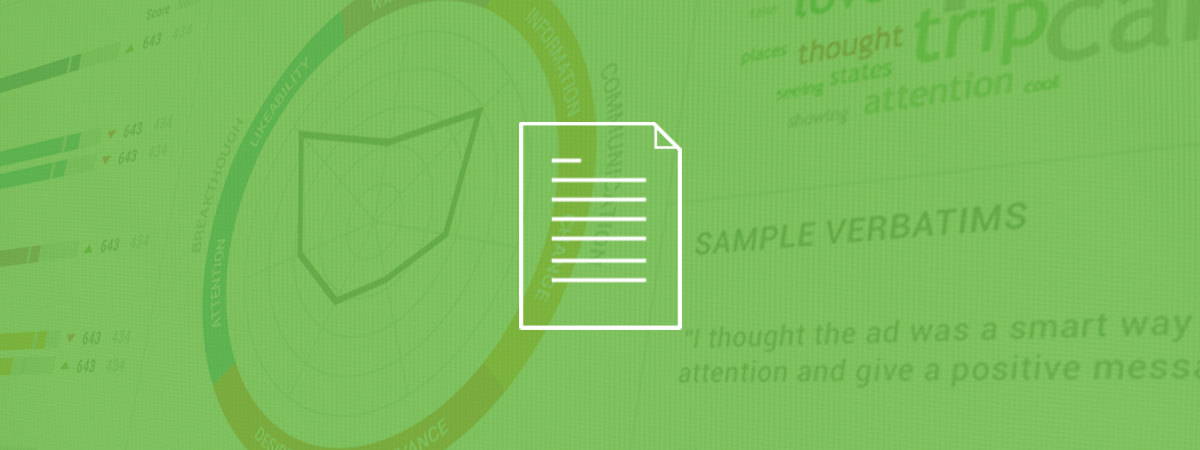
Ace Metrix via Forbes CMO Network
Peter Daboll, Ace Metrix via Forbes CMO Network
We have been evaluating the impact of ads for some time now–some 30,000 of them—and we’ve seen a variety of creative concepts come and go with each Super Bowl. Some brilliant, memorable and now part of pop culture. Some mediocre and forgettable. Some downright terrible. This year’s creative concept/theme is the growing application of social media in the development, support and scripting of ads. It’s not entirely new–there have been “social hobbyists” for a few years now. But what is new is that most brands are now dabbling in this cross-media experimentation in some form or another.
While this trend is interesting, social media’s impact is still quite small compared to the nearly 100+ million people expected to tune in on Sunday. Feedback and engagement using social media is tied inextricably to the television commercials themselves, and no matter what approach an advertiser may use, creative matters. Great creative drives social interaction; social interaction does not create great ads.
The Super Bowl is a unique audience opportunity. It draws more viewers in a four-hour window than the first six days of the Summer Olympics. Beyond its sheer size, it has other unique elements too: Its audience is as diverse as America, it is viewed live, and people are predisposed to view the commercials—in fact they want to see them. As a result, it’s one of the most expensive high-risk media buys a marketer can make.
The cost is what drives many marketers to work to “extend” the effort both prior to the game with teasers, during the game with contests and integrated social elements, and after the game with long-tail efforts.
This year’s line up is employing a variety of approaches that impact their creative with social interaction:
While approaches may differ, one thing remains constant: The Super Bowl is a harrowing experience for a CMO. At $3.8 million for a 30-second spot, it generates a spotlight on the marketing department’s performance that rivals the size of the Super Bowl audience. Anything that can extend those precious 30 seconds is a win. To that end, we have already seen a third of the advertisers leak their commercial or drop a teaser – some as early as the first week of January.
What matters most, however, is the creative. It always comes back to that. Great creative will drive YouTube views, Facebook likes and buzz metrics. If the creative doesn’t work or offends (and yes, we have all seen offensive Super Bowl ads), then social-media integration is like putting gas on a fire. But for the great creative Pro Bowlers, great creative drives social interaction – not the other way around.
To read the original article, visit Forbes.